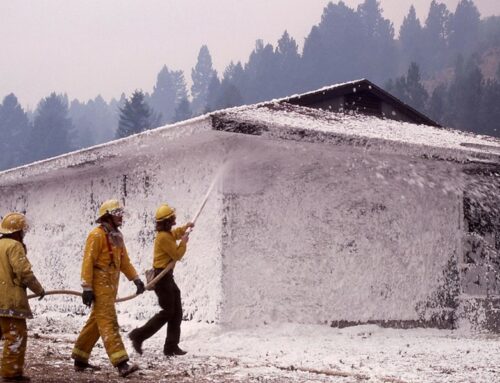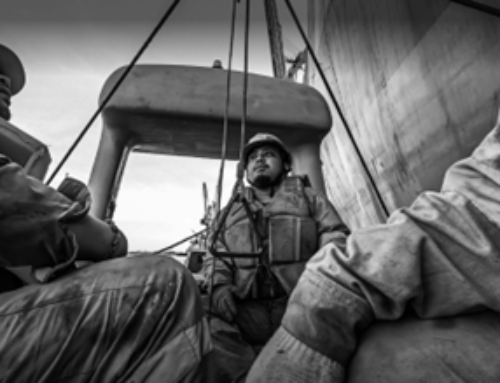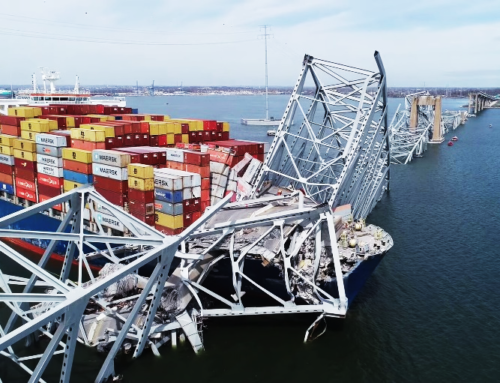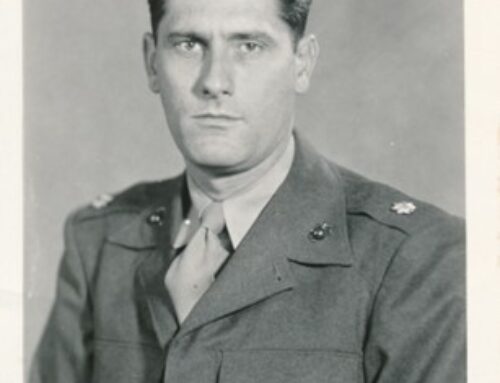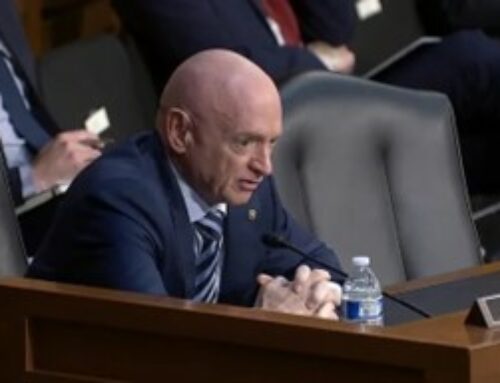Contamination at Camp Lejeune: A Timeline of Events
Remember: All CLJA claims must be filed NO LATER THAN August 10th, 2024
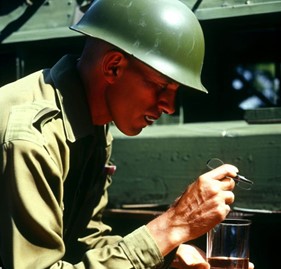 If you or someone in your family bravely risked life and limb to serve your country, would you expect the water provided to drink, cook, and bathe with to be laced with toxic chemicals that can harm or even kill you? Unfortunately, this was the experience of thousands of Marines and their families at Camp Lejeune in North Carolina for more than three decades.
If you or someone in your family bravely risked life and limb to serve your country, would you expect the water provided to drink, cook, and bathe with to be laced with toxic chemicals that can harm or even kill you? Unfortunately, this was the experience of thousands of Marines and their families at Camp Lejeune in North Carolina for more than three decades.
From 1953 to 1987, the water at Camp Lejeune has been proven to be contaminated with chemicals like perchloroethylene (or PCE, a dry cleaning solvent), trichloroethylene (or TCE, which is a degreaser), benzene, and vinyl chloride, all of which are known or suspected to cause cancer and other serious diseases. The source of the contamination was found to be leaks, spills, and the intentional dumping of fuel, industrial wastewater, and solvents, both on-and-off base. As many as one million people may have been exposed to this tainted water!
In 2022, President Joe Biden signed a new law that aimed to remove some of these barriers and improve the process for toxic contamination victims. This law, known as the PACT (Promise to Address Comprehensive Toxics) Act, granted an exception from federal immunity, which had previously prevented victims of this contamination from suing the government for compensation. The law also opened a two-year window for claimants to file administrative claims with the U.S. Navy before filing lawsuits in federal court.
This provision of the PACT act, called the Camp Lejeune Justice Act (CLJA) of 2022, specifically addresses those who were exposed to the contaminated water at this base. The CLJA is unique in that it is the first such law to specifically provide an opportunity for compensation for civilian family members of veterans stationed at the base, as well as civilians who worked here. Any service member or family exposed for at least 30 days between the dates of August 1, 1953, and December 31, 1987, and who has suffered illness or injury as a result, is encouraged to file a claim now!
(The date August 1st, 1953 is also important under the CLJA as the first year of eligibility for victims. Anyone who lived on, worked, or was stationed at the base between August 1, 1953, to December 31, 1987, for as few as 30 cumulative days may be eligible for compensation.)
The timeline below tells the story of how the contamination was discovered, covered up, and finally dealt with by the government (as well as its many victims):
1941-1942: Hadnot Point Fuel Farm And Supply Well Constructed
The fuel farm was comprised of 15 fuel tanks, the largest being 600,000 gallons above-ground, with six additional 12,000-gallon and eight underground 15,000-gallon tanks below ground. These tanks stored diesel fuel, leaded gasoline, unleaded gasoline, and kerosene. Unfortunately, the tanks were located in a new and highly-developed area, where the natural drainage had been extensively altered by recent construction. Hadnot Point Water System and its source wells, built less than a year later, were located just 1,200 feet northwest of the Fuel Farm.
Marine Corps records indicate that 20,000 to 33,150 gallons of fuel were lost over the course of the fuel farm’s operation, however this estimate does not account for product lost during transfers or unreported leaks.
1950-1952: Tarawa Terrace Water Treatment Plant Becomes Operational
Tarawa Terrace was one of the subdivisions at Camp Lejeune where Marines and their families lived and needed water readily available. To provide this, a water treatment facility was constructed at Tarawa Terrace to purify and distribute the local water supply. However, within just a few years, the water from that facility would be dangerously contaminated with toxic chemicals.
1953: Contamination Begins in Hadnot Point Water System (ABC One Hour Dry Cleaners Opens):
Built to accommodate residents just over a decade before, Hadnot Point Water System is another area of particular interest at Camp Lejeune. According to the Agency for Toxic Substances and Disease Registry (ATSDR), the water distributed through the Hadnot Point Well was already significantly contaminated by 1953. ABC One Hour Dry Cleaner was one major polluter, although many other sources exist.
ABC One Hour Dry Cleaner opens at 2127 Lejeune Blvd, directly across the street from the Tarawa Terrace well fields. According to reports, ABC used 110-165 gallons of Tetrachloroethylene (PCE) monthly, as well as disposed wastewater on-site with a septic ground soil absorption system located up-gradient from Tarawa Terrace water distribution fields, as well as family housing. For decades, ABC also recycled solid waste material from PCE production as pothole fillers, or simply dumped it behind the building.
 1957: Contamination of Water Begins Through Tarawa Terrance
1957: Contamination of Water Begins Through Tarawa Terrance
Around the same time that the Hadnot Point and Tarawa Terrace water treatment facilities were constructed, the water quality at the Tarawa Terrace facility began to deteriorate. According to the data analysis by the ATSDR, the water that was treated and distributed through the Tarawa Terrace system is believed to have been contaminated by no later than November 1957.
1972: Holcomb Boulevard Water System Becomes Operational
 In 1972, a new water system was created at Camp Lejeune to provide clean water to some of the areas where Marines and their families lived. Called the Holcomb Boulevard water system, this system served areas such as Paradise Point, Berkely Manor, Watkins Village, and Midway Park, all previously served by the Hadnot Point water system. This water supply was supposed to be safe and free of contamination; however, because Hadnot Point was connected to Holcomb Boulevard Water System, the contamination the previous water supply tainted the Holcomb Boulevard system. This meant that even though a new water system had been created, those who lived in these areas were still exposed to toxins.
In 1972, a new water system was created at Camp Lejeune to provide clean water to some of the areas where Marines and their families lived. Called the Holcomb Boulevard water system, this system served areas such as Paradise Point, Berkely Manor, Watkins Village, and Midway Park, all previously served by the Hadnot Point water system. This water supply was supposed to be safe and free of contamination; however, because Hadnot Point was connected to Holcomb Boulevard Water System, the contamination the previous water supply tainted the Holcomb Boulevard system. This meant that even though a new water system had been created, those who lived in these areas were still exposed to toxins.
1974: “Sheen” Noticed on Water at Tarawa Terrace
A base employee reports a “sheen” on the water at Tarawa Terrace, a housing area that used water from a separate system. The authorities on base did not investigate the source of the problem, or notify the residents.
1980: VOCs Detected at Camp Lejeune
Chemists at Camp Lejeune test and detect volatile organic compounds (VOCs) in the water, but are unable to confirm their presence because “other chemicals interfered with results.”
1982: The Environmental Protection Agency (EPA) classifies TCE as a probable human carcinogen.
Jerry Ensminger, a Marine drill instructor stationed at Camp Lejeune, loses his nine-year-old daughter Janey to leukemia. He later learns that she had been exposed to contaminated water in utero, infancy, and throughout childhood.
1984: The Marine Corps discovers that ABC One Hour Dry Cleaner has been illegally dumping perchloroethylene (PCE) into the ground. The EPA issues an emergency order to prevent this and orders the company to decontaminate the property.
1985: The most contaminated wells are shut down, but only after repeated testing reveals high levels of TCE, PCE, benzene, and vinyl chloride in the water. However, some are put back into use to serve the needs of local golf courses, whose demand exceeds the capacity of the Holcomb Boulevard Water System.
Ann Johnson, who grew up on-base and whose husband and father were Marines stationed there, gives birth to a daughter with multiple severe abnormalities at Camp Lejeune’s hospital. Her daughter dies seven weeks later. Johnson later learns that she drank highly contaminated water during her childhood, as well as her pregnancy.
1987: The last contaminated well is shut down. The Agency for Toxic Substances and Disease Registry (ATSDR) begins assessing the health risks from hazardous substances in the drinking water at Camp Lejeune.
1989: Congress passes a law requiring the Department of Defense (DoD) to identify and notify former residents of Camp Lejeune who may have been exposed to contaminated water. The EPA lists Camp Lejeune as a Superfund site.
1997: Mike Partain, a former resident of Camp Lejeune who was born on the base in 1968, is diagnosed with male breast cancer. Rarely diagnosed in men, he later learns he is one of dozens of men who, while living or working at Camp Lejeune, developed this disease.
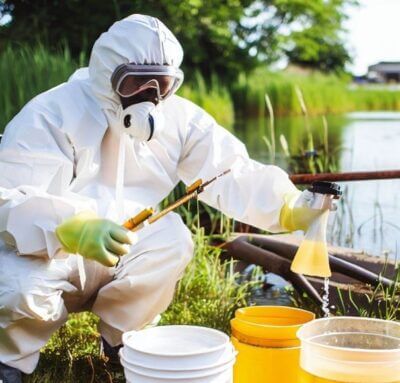 2007: The ATSDR releases a public health assessment that estimates that up to one million people may have been exposed to contaminated water at Camp Lejeune between 1953 and 1987. The assessment also identifies 15 diseases or conditions that may be associated with exposure to the contaminants, including several types of cancer, birth defects, neurological disorders, and autoimmune diseases.
2007: The ATSDR releases a public health assessment that estimates that up to one million people may have been exposed to contaminated water at Camp Lejeune between 1953 and 1987. The assessment also identifies 15 diseases or conditions that may be associated with exposure to the contaminants, including several types of cancer, birth defects, neurological disorders, and autoimmune diseases.
2012: President Obama signs the Honoring America’s Veterans and Caring for Camp Lejeune Families Act, which provides health care benefits to veterans and their family members who have certain illnesses or conditions related to exposure to contaminated water at Camp Lejeune. The act is named to honor Jerry Ensminger’s daughter, Janey, as well as in the memory of many other victims.
2017: The Department of Veterans Affairs (VA) establishes a presumption of service connection for eight diseases “presumptively” associated with exposure to contaminants in the water supply at Camp Lejeune. These diseases are adult leukemia, aplastic anemia and other myelodysplastic syndromes, bladder cancer, kidney cancer, liver cancer, multiple myeloma, non-Hodgkin’s lymphoma, and Parkinson’s disease. If you lived or served at Camp Lejeune for 30 or more days and have been diagnosed with any of these diseases, you are considered automatically eligible for a claim if you file before August 10th, 2024.
2021: President Biden signs the PACT Act, which grants an exception from governmental immunity protections and other laws for claims based on exposures to chemicals found in the drinking water at Camp Lejeune and allows for claimants to file lawsuits in the Eastern District of North Carolina once they have gone through the administrative process. The act is also known as the Camp Lejeune Justice Act (CLJA) of 2022. It is the first such law that provides compensation to the civilian family members of veterans stationed at the base, as well as civilians who came onto the base for work.
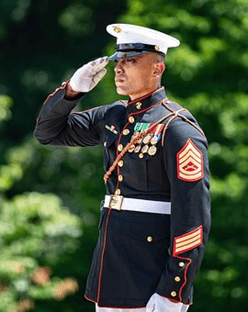 The contamination of Camp Lejeune water is a tragic and ongoing saga that has affected the lives of thousands of people. For more than three decades, Marines and their families were exposed to dangerous chemicals that increased their risk of developing cancer and other diseases. The government was slow to acknowledge and address the problem, and many victims felt betrayed and abandoned by the military they served.
The contamination of Camp Lejeune water is a tragic and ongoing saga that has affected the lives of thousands of people. For more than three decades, Marines and their families were exposed to dangerous chemicals that increased their risk of developing cancer and other diseases. The government was slow to acknowledge and address the problem, and many victims felt betrayed and abandoned by the military they served.
The timeline above shows the key events that shaped this tragedy, though it could never capture the pain and suffering of those who lived through it. However, after years of advocacy and litigation, the CLJA now allows the victims of the Camp Lejeune contamination to finally claim the compensation they deserve.
This law is a historic achievement which reflects our nation’s gratitude and commitment to our veterans. In passing this law, America has strengthened health care and benefits for veterans and their families, military employees, even children in utero.
Remember: All CLJA claims must be filed NO LATER THAN August 10th, 2024
Here at the Herd Law Firm, PLLC, we support every man, woman, and child exposed to contaminants at Camp Lejeune, and believe you deserve quality, attentive legal representation. We are proud to say we have been endorsed by the VFW to handle such claims, and are determined to aid our veterans and their families in seeking restitution for their injuries.
8/10/2023
(Image Source: National Archives, marines.mil, Pixabay.com)
Sources:
- https://www.cnn.com/2022/12/01/us/camp-lejeune-water-victims-claims/index.html.
- https://en.wikipedia.org/wiki/Camp_Lejeune_water_contamination.
- https://tftptf.com/Misc/Timeline_Linked_March_2012.pdf
- https://www.starnewsonline.com/story/news/environment/2018/04/28/victims-of-camp-lejeune-water-contamination-share-their-stories/12369301007/.
- https://stlawco.org/Departments/Veterans/CampLejeuneWaterContaminationHistory.



